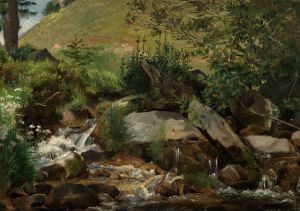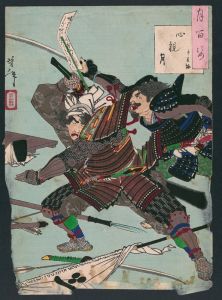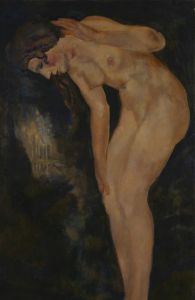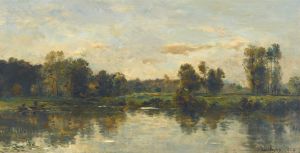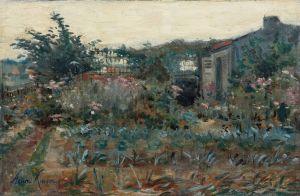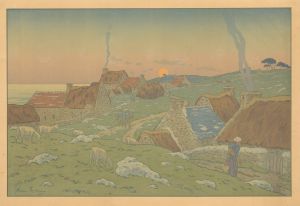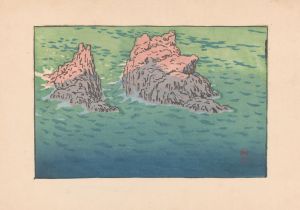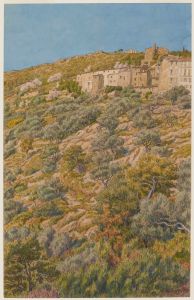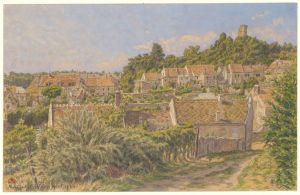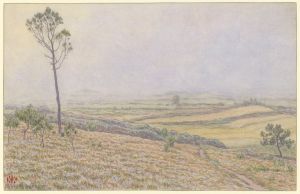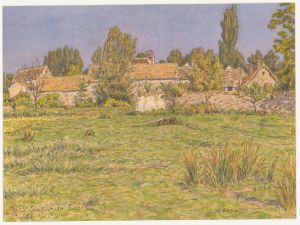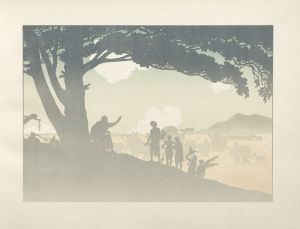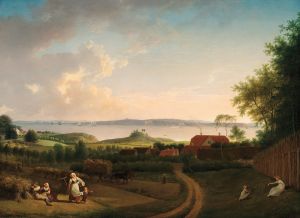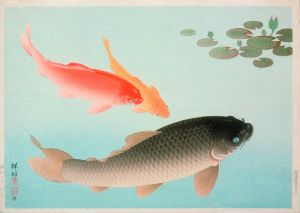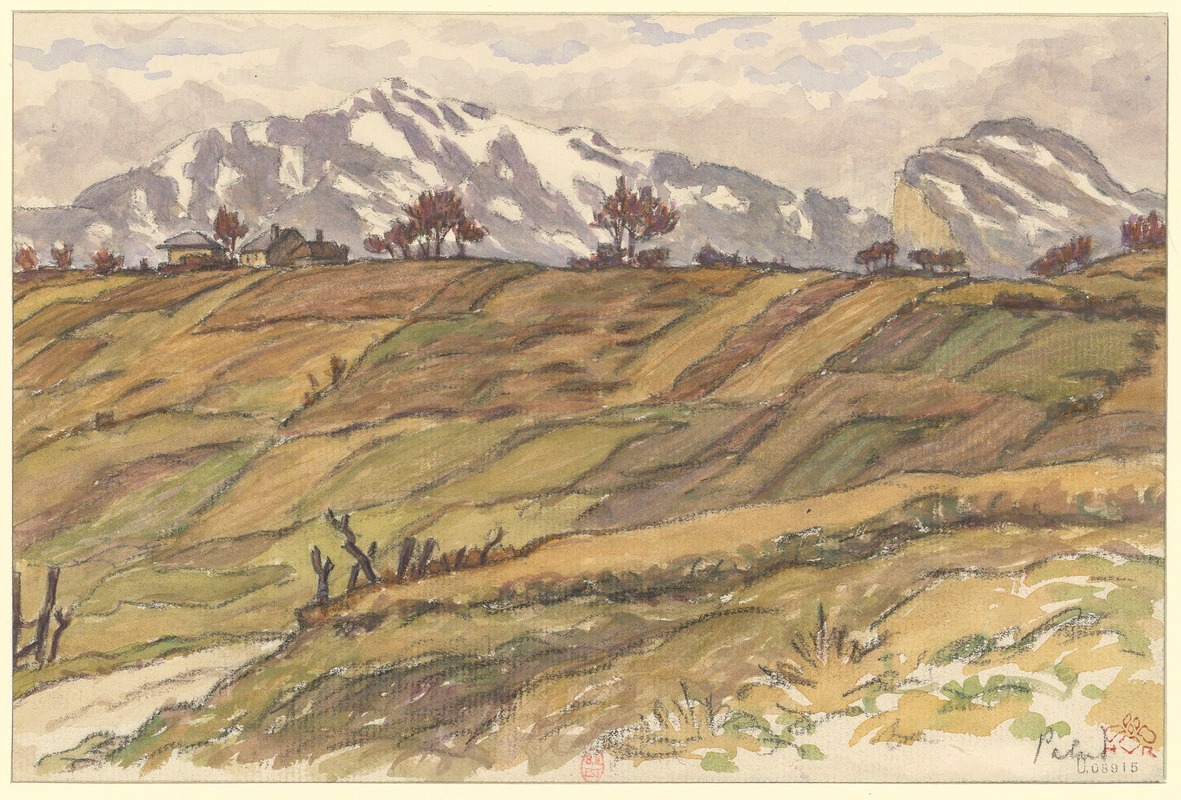
Pallud
A hand-painted replica of Henri Rivière’s masterpiece Pallud, meticulously crafted by professional artists to capture the true essence of the original. Each piece is created with museum-quality canvas and rare mineral pigments, carefully painted by experienced artists with delicate brushstrokes and rich, layered colors to perfectly recreate the texture of the original artwork. Unlike machine-printed reproductions, this hand-painted version brings the painting to life, infused with the artist’s emotions and skill in every stroke. Whether for personal collection or home decoration, it instantly elevates the artistic atmosphere of any space.
Henri Rivière (1864-1951) was a French artist known for his contributions to the art of printmaking and his involvement in the late 19th-century revival of the woodcut technique. Rivière's works are celebrated for their innovative use of color and composition, often drawing inspiration from Japanese ukiyo-e prints, which significantly influenced many Western artists during this period.
One of Rivière's notable works is "Pallud," a piece that exemplifies his mastery of the woodcut medium. "Pallud" is part of Rivière's broader body of work that captures the scenic beauty and rural charm of the French countryside. His prints often depict landscapes, seascapes, and everyday life, rendered with a keen eye for detail and a deep appreciation for nature.
Rivière's approach to printmaking was meticulous and methodical. He would often create multiple sketches and studies before finalizing a composition. His technique involved the use of multiple woodblocks, each carved to print a different color, which he layered to achieve the final image. This process required precision and patience, as each block had to align perfectly to produce the desired effect.
"Pallud" showcases Rivière's ability to blend traditional Japanese aesthetics with Western artistic sensibilities. The composition likely features a serene landscape, characterized by its harmonious balance and subtle use of color. Rivière's prints are known for their delicate gradations of tone and the interplay of light and shadow, which create a sense of depth and atmosphere.
Henri Rivière was also a prominent figure in the artistic circles of Montmartre, Paris, where he was associated with the Chat Noir cabaret. This bohemian venue was a hub for artists, writers, and musicians, and Rivière's involvement there influenced his artistic development. He contributed to the cabaret's shadow theater, creating intricate silhouettes and scenes that were projected onto screens, further showcasing his versatility as an artist.
Throughout his career, Rivière produced a significant number of prints, many of which are now held in prestigious collections around the world. His work continues to be appreciated for its technical excellence and its ability to evoke the tranquil beauty of the natural world.
In summary, Henri Rivière's "Pallud" is a testament to his skill as a printmaker and his ability to capture the essence of the French landscape. His work remains an important part of the history of printmaking, reflecting the cross-cultural influences that shaped the art of the late 19th and early 20th centuries.





